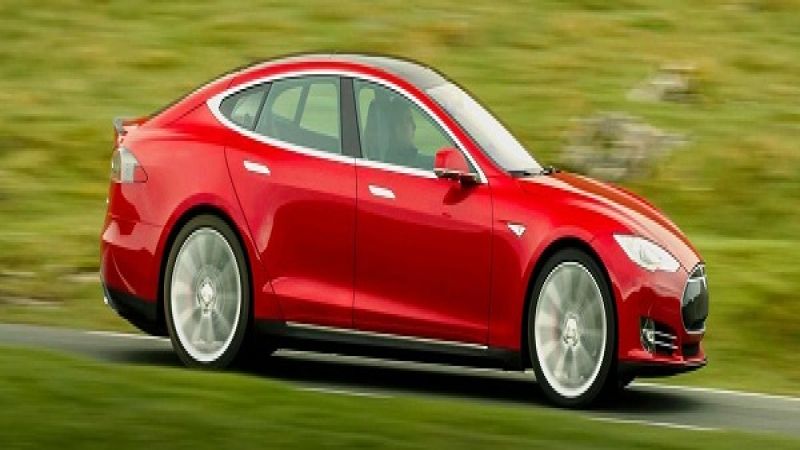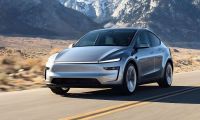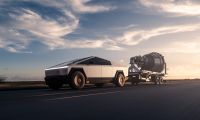How long will it be until we have cars that can drive themselves? Depending on how you interpret the question, that day may arrive fairly soon. As established automakers and their suppliers incorporate more and more elements of autonomous tech and Google does what Google does, Tesla Motors has no intention of being left behind.
Active safety, eventual autonomy coming to Tesla vehicles
Tesla CEO Elon Musk is on a bit of a roll in Japan this week. After implying that a renewed partnership with Toyota is in the cards, Musk gave the Nikkei Asian Review more details on his company’s plans for autonomy.
“Full auto-pilot capability is going to happen, probably, in the five- or six-year time frame,” said Musk. “The overall system and software will be programmed by Tesla, but we will certainly use sensors and subcomponents from many companies.”
“I think in the long term, all Tesla cars will have auto-pilot capability.”
Musk also indicated that the upcoming Tesla Model 3, slated for 2017, will receive some of the new technology the company is developing.
This at the very least means active safety features, as the first steps to autonomous driving are systems like adaptive cruise control, automatic braking/collision avoidance, and lane-keeping assist that are already present on many production models.
Why it’s important
In the short term, the addition of active safety features is critical for Tesla, which claims safety is a top priority. In fact, a 2017 adoption of active safety systems would be considered well overdue given current industry standards, particularly among expensive luxury cars that Model S competes with.
It had been thought that Tesla would be able to implement features like adaptive cruise, automatic braking, and lane-keeping assist relatively soon. The company produces one of the most technologically advanced vehicles on the market, and software development is certainly one of Tesla’s core competencies. However, integrating the necessary hardware (mainly sensors and cameras) and establishing the appropriate suppliers takes time.
For the record, given previous comments we think that in the Model 3 statement Musk was referring to a highway autopilot similar to the “Super Cruise” due from GM in 2016. Expect Model S and Model X vehicles to get at least the option for active safety features sometime before Model 3 arrives.
What will be the extent of the autopilot capabilities?
Take active safety features a few steps further and you arrive at autonomous driving, which brings us back to Musk’s other statement. Tesla has hinted at an autopilot feature before, where the driver could command the vehicle when to take over and when to return control to the driver.
If Musk is to believed, Tesla is hoping to implement a full autopilot by 2019 or 2020. Whether that timeframe is conservative or ambitious depends on whether the phrase “full autopilot” refers to a feature intended for highway driving or a system capable of navigating a vehicle from door to door. The latter is a far more daunting challenge, while the former will be arriving from rival automakers starting in just two years.
Given Tesla’s track record for thinking big, and that other automakers are tentatively targeting a similar timeframe, Musk likely meant a fully autonomous system capable of driving in most conditions that may also be deactivated if the situation demands driver control. Immense challenges remain, and it will be interesting to track Tesla’s progress relative to its more established competitors.












